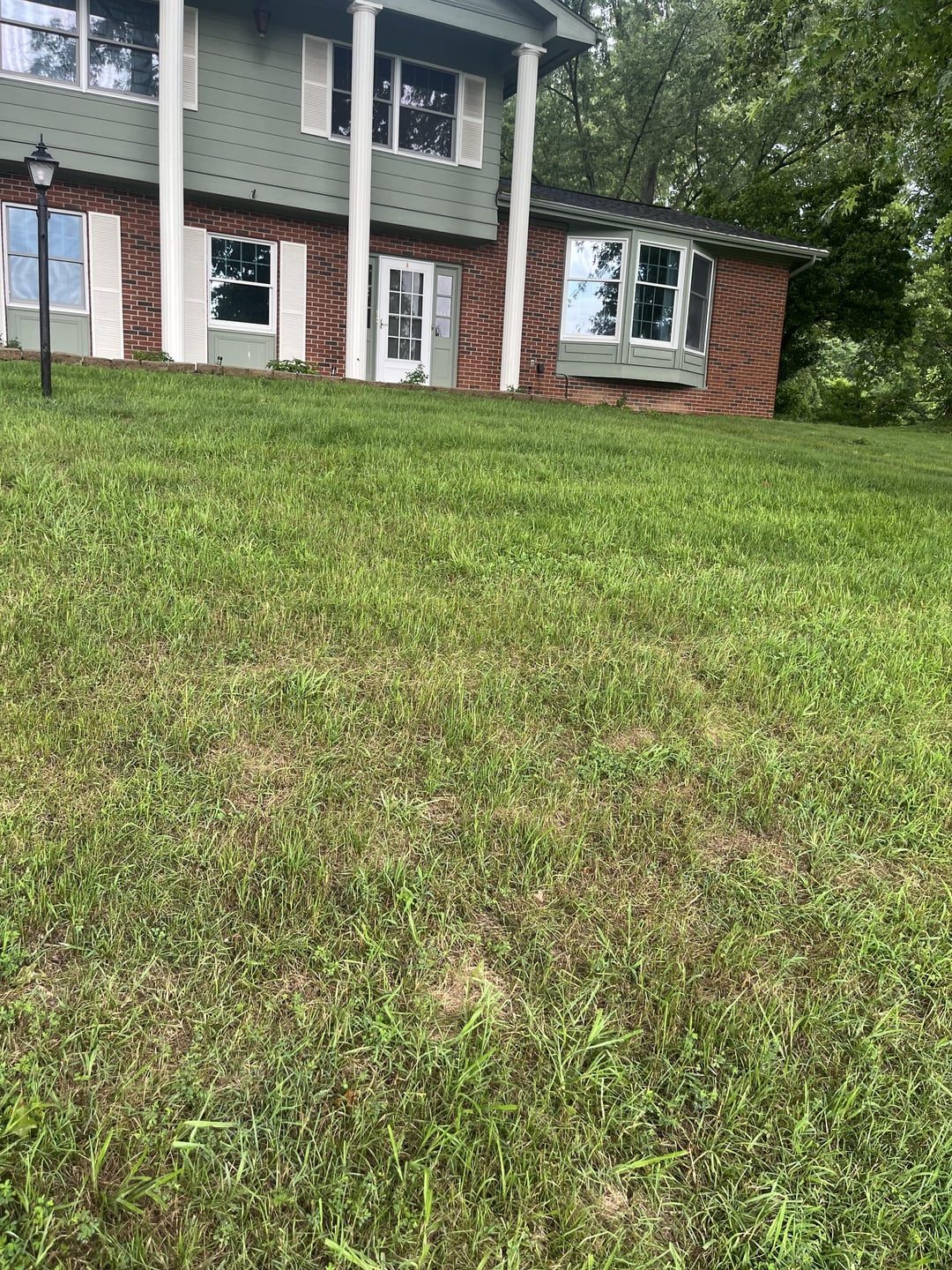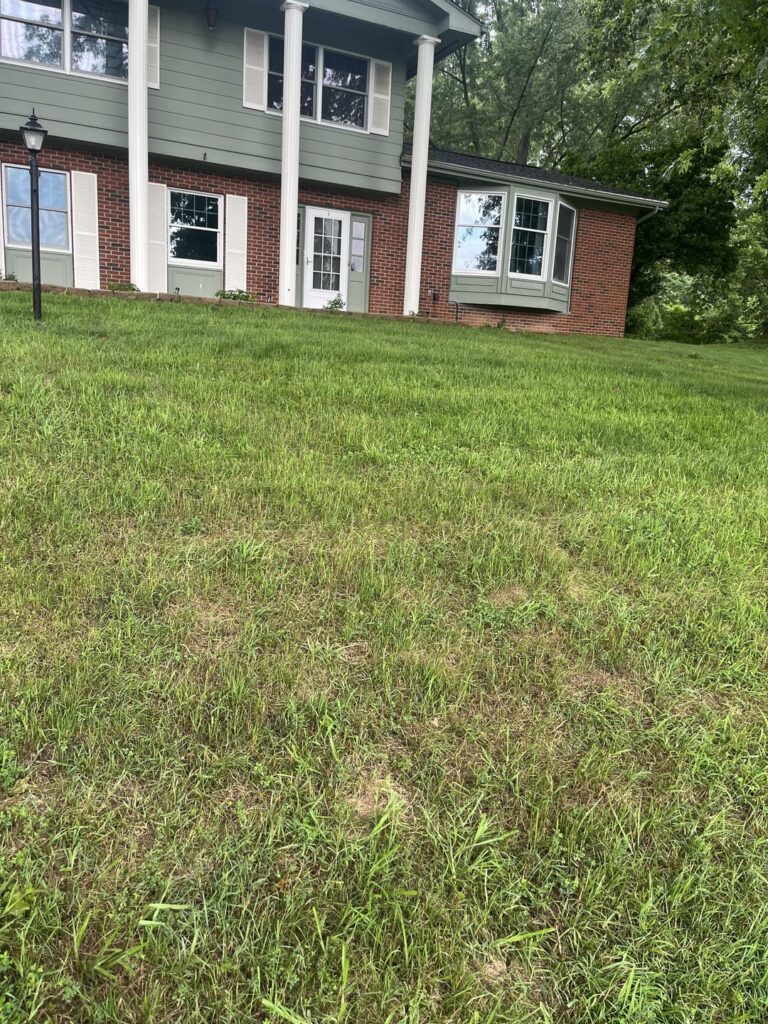

I need help. What is causing this grass to die? I believe I overwatered and created and this is a fungus issue, but I’m looking for some guidance before it’s too late. Massive oak trees shade the area. Located in southern Ohio. Honestly, I don’t care what grows at this point as long as it’s green.
by According-Amount168


15 Comments
Have you done soil test? Grass can’t grow if the soil is not suitable
How much sun does the area get? No grass likes shade, some will tolerate it. If your area is shaded out, nothing will grow unless you prune.
The health of your soil is extremely important. Fertilizer can mask issues but ultimately if you focus on soil health, the rest will come much easier. Soil test, relieve compaction, proper water habits—focus on these.
If it’s fungus, add disease x.
I would address the soil first. Aerate, amend, and fertilize(fall time is best) . Along with selecting good grass seed and timing the seeding correctly, it’s a fairly straightforward process.
When are you trying to plant your grass? Planting the seeds in early fall will give you way more success.
Maybe you need to switch to something like tall fescue that does better in shade? Although it looks like it’s a mix.
I agree less water after it starts sprouting, with the shade it should stay wetter. Also soil test.
Give us a complete list of everything you’ve done. Then reread it, If it doesn’t include plug aeration monthly fertilization in active months monthly weed control measures and a watering protocol (watch weather and water to make up for what you don’t get each week) then you’ve done nothing but put down bags of seed.
You should aerate and spread like 500 lbs of compost rake it a little and track your watering rest of summer and fertilize as well then do another aeration and overseed end of year IMO
Looks like fungus, but I’m not an expert. What is/was your watering schedule?
I was having issues with rust and mildew until I switched to fewer days with longer cycles. Right now I do 1-2 times a week (depending on rain), for 40-60 minutes each zone. Also, early morning is usually best, so the blades have a chance to dry off before nightfall. Fungus really likes when it’s warm, wet, and dark.
add organic matter to the area.. compost or good, clean quality top soil.. aerate first, then put down the compost, they reseed and water..
What type of grass seed did you use?
So mine looked the same for a while as I was trying to do my part and let the yard naturally work its magic. Nothing worked until I did a nice big scarify and dethatched a silly amount of bags to the compost yard. I hit the yard with a bit of scotts chem to quick start it and the rest milo. It’s night and day difference and the overseed that touched the actual dirt filled in and finally started choking out much of the unwanted stuff.
It looks like you have mulched and it didnt break down and when you overseeded it never took. I don’t know what your prep was but just looking at your pictures it looks like you may have a thatch or a really thick layer of mulch that you might need to deal with.
I am no expert but just looking at it that is what I make out rather than a full on soil problem that could not be solved with some slow release organics.
How often are you watering? Have you ever tried reseeding?
I had an area like that directly in the center of my front lawn. Core aerated. Planted correctly. Top dressed it. Watered. Fertilized. Prayed to the gods. Same thing every year. Tree was competing for water and the roots were affecting the area. Decided to hardscape it, using the tree as a focal point. Looks amazing and gets compliments all the time. Problem solved.
Soil test. $30 on Amazon. Start there, best money I ever spent on my lawn.
Looks like a fungal disease. Always more prominent in sunny areas. Takes off after a wet period followed by warm and humid.